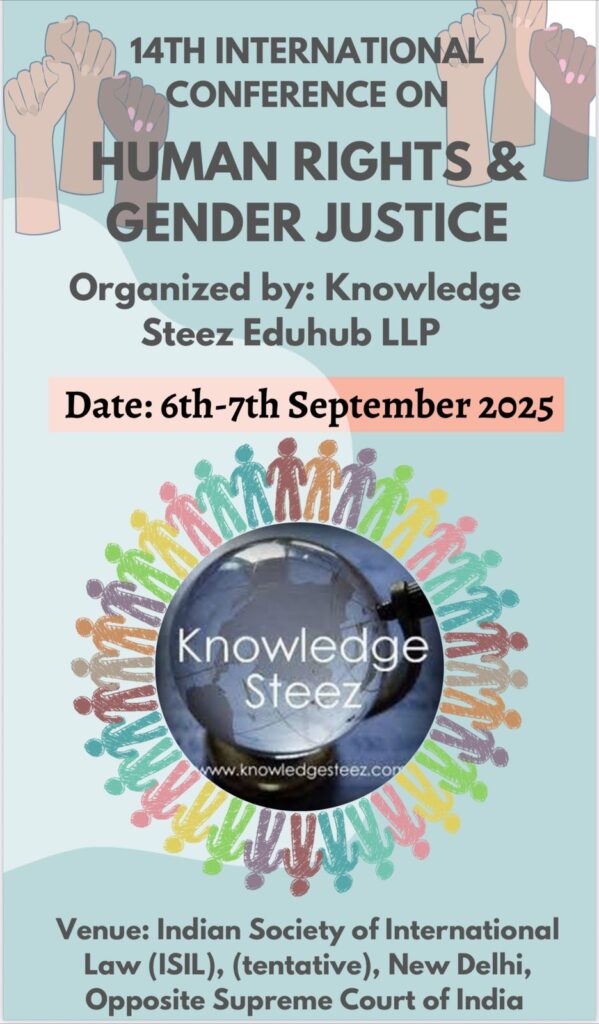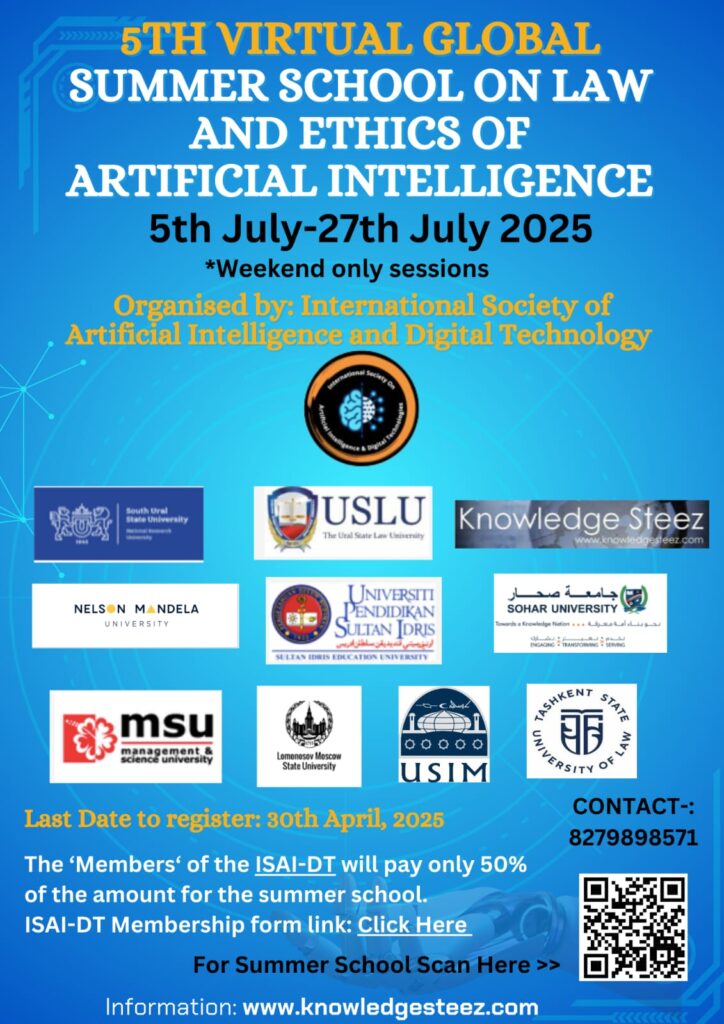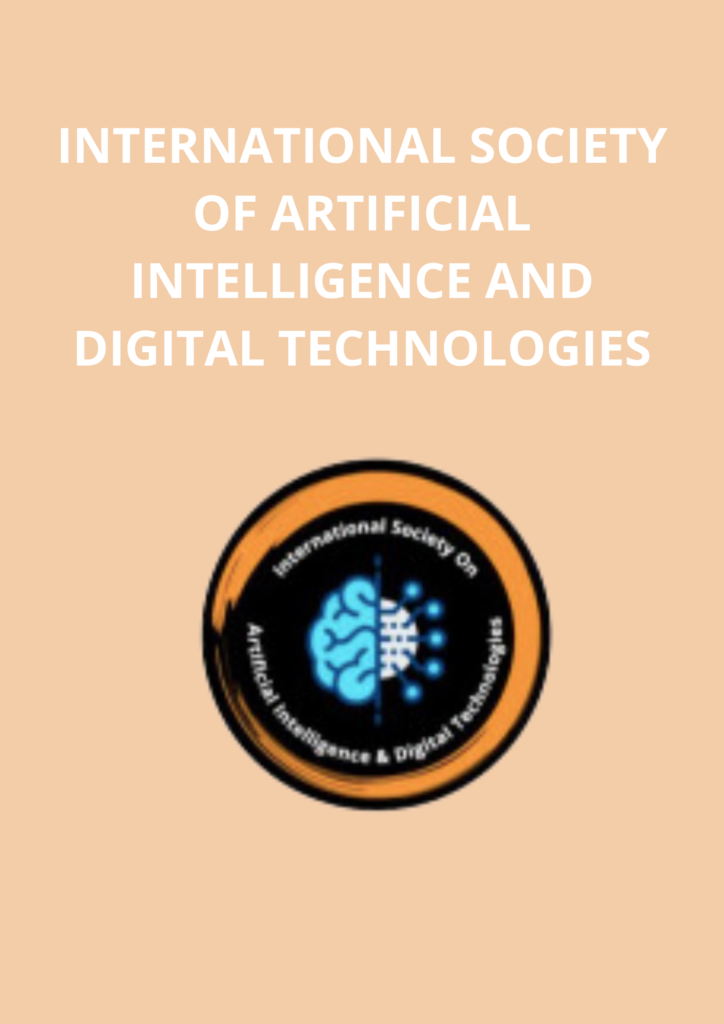Carbon neutrality is a growing important objective for human activities, to prevent climate change. It is now a global agreement achieved by the majority of entities to constrain their local emissions based on the carbon dioxide equivalent emission quantity. As for computer systems, we are urged to provide sustainability in computing to help mitigate such problems. As such, carbon neutrality shall occupy a critical role in the next-generation digital infrastructure.
Carbon neutrality in computer systems is a computational state of net-zero carbon dioxide emissions. This can be achieved by balancing emissions of carbon dioxide equivalent quantities with its removal or eliminating emissions from digital infrastructures. Carbon-neutral computing is the effort to provide carbon neutrality by balancing the carbon emissions in the next-generation digital infrastructure, such as, architectures, systems, and applications. However, few modern infrastructures are optimized towards carbon neutrality. We are calling for efforts from our sustainable computing community to contribute a computing research effort towards carbon neutrality in all aspects of infrastructures.
There are several unique challenges in carbon-neutral computing for the next-generation digital infrastructure. First, though researchers are beginning to become aware of the importance of carbon emissions in computing infrastructures, there exists few approaches to measure or model such emissions. Second, today’s computer infrastructure can be energy-efficient, yet high energy efficiency may not necessarily lead to low carbon emissions. This is because the carbon emission may come from not only the operational emission but also the capital emission, starting from building such a carbon-neutral digital infrastructure. Third, systems and applications shall be designed and optimized towards carbon neutrality such that, in practice, they can combine with other disciplines to further reduce the total carbon emissions (for example, the power grid). Therefore, it is necessary to conduct a call for efforts on carbon-neutral computing for future digital infrastructures, collectively summarize our current efforts, and beacon a vision to the possible future and beyond.
This special issue aims at soliciting recent contributions on addressing carbon neutrality challenges in computer architectures, systems, and applications. Topic of interests include, but are not limited to:
- Carbon-neutral computing model: carbon-aware modeling techniques and novel models towards quantifying the carbon footprint of computing.
- Carbon-neutral facility: carbon-aware devices and co-optimized design between certain facility and computers to achieve carbon neutrality.
- Carbon-neutral architecture: design and implementation of computer architecture towards carbon neutrality.
- Carbon-neutral system: design and implementation of computer systems, including resource management and scheduling, towards carbon neutrality.
- Carbon-neutral applications: design and implementation of applications from computer science in helping other industries/disciplines to achieve carbon neutrality.
Schedule
- Manuscript submissions due: 20 October 2022
- First-round notification: 20 November 2022
- Revised manuscript due: 20 December 2022
- Final decision notification: 31 December 2022
Submission Guidelines
For author information and guidelines on submission criteria, please visit the TSUSC Author Information page. Please submit papers through the ScholarOne system, and be sure to select the special-issue name. Manuscripts should not be published or currently submitted for publication elsewhere. Please submit only full papers intended for review, not abstracts, to the ScholarOne portal.









